Following projects jointly coordinated this event:
- EWA-BELT: Linking East and West African farming systems experience into a BELT of sustainable intensification. The EWA-BELT project aims at promoting food production systems through Sustainable Intensification (SI) in representative small-holder farming systems of different agro-climatic areas of East (Ethiopia, Kenya, and Tanzania) and West (Burkina Faso, Ghana, Sierra Leone) Africa and, consequently, to realize an interregional African “belt” able to promote SI by assessing and exchanging best practices and experiences among different contexts.
This project has received funding from the European Union’s Horizon 2020 research and
innovation programme (Grant agreement ID: - FairSahel Fostering an Agroecological Intensification to improve farms Resilience in Sahel.
This project has received funding from the European Union’s DESIRA call (2020) and complementary funding from The French Agency for Development (AFD) - HealthyFoodAfrica Improving nutrition in Africa by strengthening the diversity, sustainability, resilience and connectivity of food systems.
This project has received funding from the European Union’s Horizon 2020 research and innovation programme. (Grant agreement ID: 862848 / EU contribution € 7 499 456,25 / 1 October 2020 to 30 September 2025) - Soils4Africa The aim of Soils4Africa is to provide an open-access Soil Information System (SIS) with a set of key indicators and underpinning data, accompanied with a methodology for repeated soil monitoring across the African continent. The soil information system will become part of the knowledge and information system of FNSSA and will be hosted by an African institute.
This project has received funding from the European Union’s Horizon 2020 research and innovation programme. (Grant agreement ID: 862900 / EU contribution € 6 697 797,50 / 1 June 2020 - 31 May 2025) - SustainSAHEL Focussing on the Sahel zone, the EU-funded SustainSAHEL project aims to enhance the resilience of smallholder agricultural farming systems to climate change as well as their intensification potential through scalable innovations on crop–shrub–livestock (CSL) integration.
This project has received funding from the European Union’s Horizon 2020 research and innovation programme. (Grant agreement ID: 861974 / EU contribution € 7 499 930,00, 1 September 2020 - 31 August 2025) - SustInAfrica Sustainable Intensification of Food Production through resilient farming systems in West and North Africa. SustInAfrica applies a transdisciplinary systems approach to testing and implementing landscape, soil, water and plant health management strategies and sustainable agricultural practices to ensure that the agricultural technologies being developed are sustainable, economic viable, resilient to current and future climate shocks and stresses, and provide ecological provisioning services across the targeted regions of Africa.
This project has received funding from the European Union’s Horizon 2020 research and innovation programme. (Grant agreement ID: 861924 / EU contribution € 6 997 318,70 / 1 September 2020 to 31 August 2025) - SysCom The project "Farming Systems Comparison in the Tropics" (SysCom), implemented by the Research Institute of Organic Agriculture (FiBL), aims to establish a scientific basis for discussions on the performance and potential of conventional and organic agricultural production systems in the tropics. It has been running since 2007. In three tropical countries – Bolivia, India and Kenya – long-term farming systems comparison field trials have been established in concert with participatory on-farm research focussing on a different cropping system in each country. (Funder: Swiss Agency for Development and Cooperation (SDC), Liechtenstein Development Service (LED), Coop Sustainability Fund, Biovision Foundation
- UPSCALE Upscaling the benefits of push-pull technology for sustainable agricultural intensification of East Africa. The UPSCALE project addresses the critical challenges of yield gaps, food insecurity, changing climate, and the unsustainability of conventional agricultural intensification methods by expanding the scope, reach and impact of Push-Pull Technology (PPT) in East African Smallholder Agriculture. (Grant agreement ID: 861998 / EU contribution: € 7 655 597,50 / 1 November 2020 to: 31 October 2025
Opening
- Keynote speaker: Beate Huber (FiBL) Scientific evidence for agroecological and organic transition in Africa
- Keynote speaker: Marion Michaud (European Commission, DG International Partnerships) Policy perspectives on agroecological transition

Climate resilient production systems: Agroecology for enhanced productivity, soil and livestock
- Moderation: Markus Arbenz, FiBL
- Keynote speakers: Giovanna Seddaiu, UNISS and Harun Cicek, FiBL - Climate resilient production systems: Agroecology for enhanced productivity, soil and livestock
- Olfa Boussadia, Institute De L'olivier, Sfax (Tunisia)
- Mamadou Traorè, UNB (Burkina Faso)
- Yelemou Bartelemy, INERA (Burkina Faso)
- Hadja Sanon, INERA (Burkina Faso)
Agrobiodiversity strategies for improved food diversity and nutirtion
- Moderation: Mila Sell, LUKE
- Keynote speakers: Christine Chege, CIAT + Quirico Migheli, UNISS - Agrobiodiversity strategies for improved food security, food diversity and nutrition
* See the PAEPARD interview with Christine Chege: Forgotten Foods for Better Diets and Nutrition - Celine Termote, Bioversity-CIAT (Kenya)
- Amritbir Riar, FiBL CH (Switzerland);
- Adam Standring, University of Lisbon, SustInAfrica
Inclusive growth and sustainable job creation: Comparative advantage of the economy of agroecology
- Moderation: Markus Arbenz, FiBL
- Keynote speaker: Jean Michel Sourisseau, CIRAD - Inclusive growth and sustainable job creation: Comparative advantage of the economy of agroecology
- Alice Turinawe, CAES, Makerere University (Uganda);
- Evelyne Compaore, INERA (Burkina Faso);
- Paul Wagstaff, Self Help Africa (Ireland);
- Anitra van der Kraan, Tradin Organic (Netherlands)
Agroecology transition and adoption:Transforming agri-food systems
- Moderation: Mila Sell, LUKE
- Keynote speaker: Emily Poppenborg, JLU - Agroecology transition and adoption: Transforming agri-food systems
- Keynote speaker: Rik van den Bosch, ISRIC - Soil Information system for Africa
- Assane Beye, UCAD (Senegal)
- Samuel Mesele, IITA (Uganda)
- Shem Kuyah, Jomo Kenyatta University of Agriculture and Technology (Kenya)
Synthesis Session - EU-Africa agenda for agroecological R&I priorities: Research and development agenda – Evidence for achieving sustainable and resilient livelihoods
- Moderation: Markus Arbenz, FiBL CH
- Beate Huber (FiBL)
- Guy Faure (European Commission, DG International Partnerships)
- Luis Vivas-Alegre (European Commision, DG Agriculture and Rural Development)
- David Amudavi (Biovision Africa Trust)
- Oluwole Fatunbi (FARA)
- Hans-Jörg Lutzeyer (DG Research and Innovation)
Success story: Cassia nigricans
Neglected and Underutilized crop Species researched by the EWA - BELT project
- As part of the EWA-BELT project, the choice of species studied was made by the various partners about the development potential of the species, in terms of yield or nutritional properties, drought tolerance, disease resistance, and commercial value.
- The identified Neglected and Underutilized crop Species were: Anchote (Coccinia abyssinica) , Bambara groundnut (Vigna subterranea), Enset (Ensete ventricosum), Finger Millet (Eleusine coracana), Fonio (Digitaria exilis), Frafra Potatoe (Solenostemon rotundifolius), Lablab Bean (Dolichos lablab L), Tef (Eragrostis tef)
- The identified Locally neglected species were Cowpea (Vigna unguiculata), Groundnuts (Arachis hypogaea), Lima bean (Phaseolus lunatus L), Cocoa tree (Macadamia integrifolia and M. tetraphylla), Pearl millet (Cenchrus americanus)
Cassia nigricans, also known as Chamaecrista nigricans, is an erect, woody shrub native to Africa and India. It is known for its medicinal properties, including traditional uses for skin conditions, fevers, malaria, and stomach issues. The plant's leaves are sometimes added to food as an appetizer and can be dried for storage protection of pulses.
Through interviews and collaboration with the INERA research institute, the ACRA Foundation based in Milan, reintroduced the use of Cassia nigricans for crop protection, initially focusing on cowpea and cotton.
- The results of their trials were promising, with the extracts proving as effective as Neem-based products and, in some cases, even more effective than untreated controls. This success encouraged farmers to adopt Cassia nigricans into their practices, with some extending its use to other crops such as maize.
- During field trials, ACRA compared Cassia nigricans with neem-based extracts and widely used synthetic pesticides. While both herbal treatments performed well, Cassia nigricans showed significant advantages, particularly in its ability to control pests during the growing season. The results were even more pronounced during the second year of testing, where Cassia nigricans outperformed the neem extracts and was as effective as the synthetic pesticides. This comparison highlights the potential of locally sourced plants to reduce dependence on agrochemicals while providing sustainable and affordable solutions for farmers.
- A key aspect of ACRA's research was testing these botanical solutions in diverse locations and under different conditions. In Burkina Faso, ACRA collaborated with the local cooperative "Tegawendé" to test Cassia nigricans extracts. After sharing the results with the farmers, the cooperative members decided to incorporate the extract into their farming practices. This type of community-based research ensures that solutions are adaptable to local conditions and needs.
- In addition to the agronomic benefits, ACRA's research also incorporates economic analysis. A cost-benefit analysis conducted by Gramsci University revealed that Cassia nigricans has a higher cost-benefit ratio (CBR) than synthetic pesticides and neem extracts. The ability to harvest Cassia nigricans directly from the wild offers a significant economic advantage, as farmers can produce their own pesticide without having to purchase expensive chemicals. The analysis also highlighted the fact that the locally available biopesticide is more accessible and profitable for farmers in resource-limited environments.

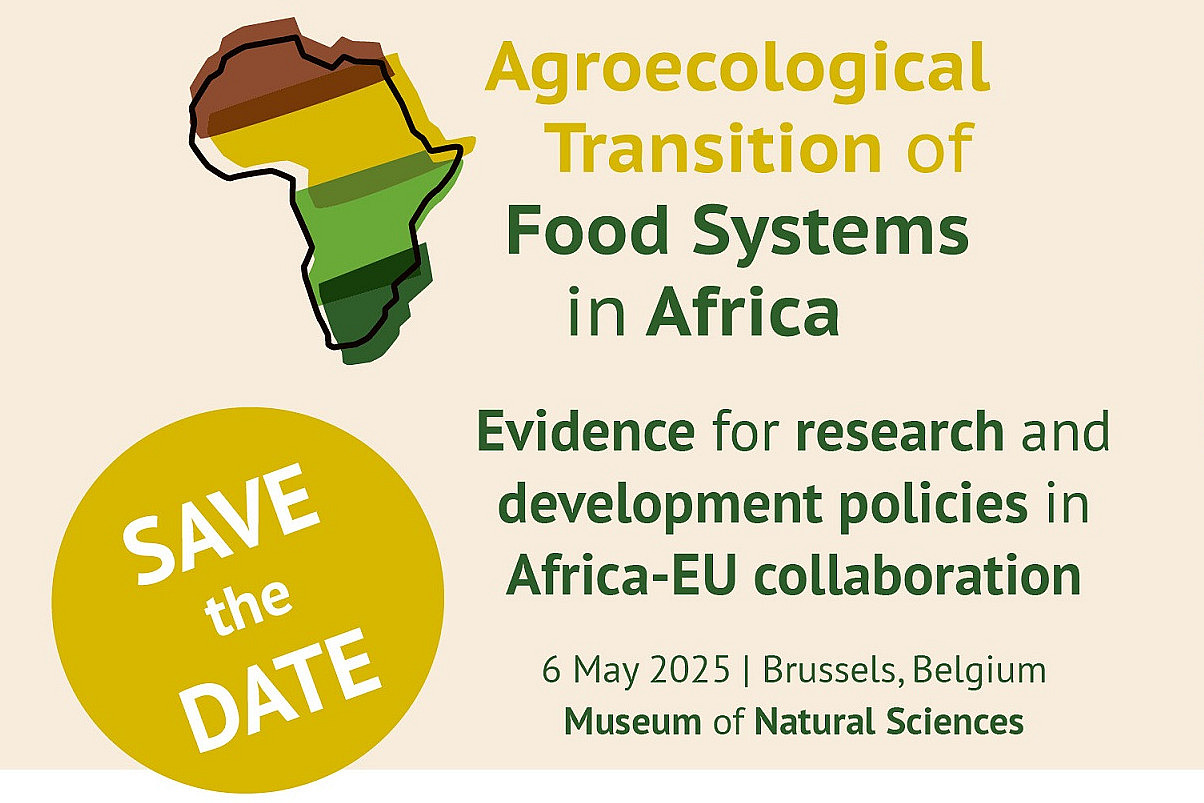

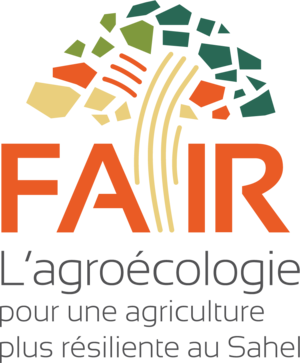
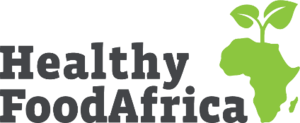
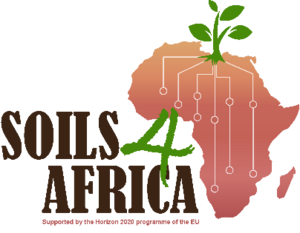






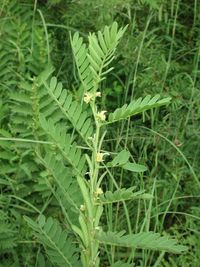

No comments:
Post a Comment